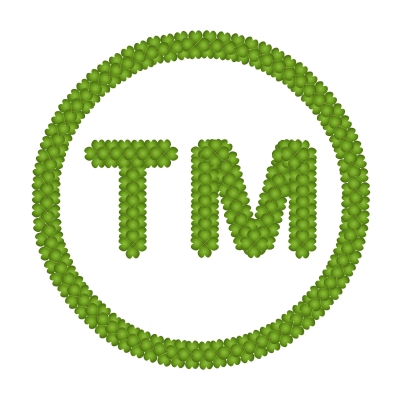Choosing the right typeface is the key to creating a good logo or a graphic design. In general, there’s a lot of confusion related to typefaces, fonts and the law that governs them. Some people don’t understand the laws that govern the typefaces and fonts while others assume that they can use any typeface or font for free with out any repercussions.
When you purchase a commercial font, what you are purchasing is a license to use the font software. The rights that you have and the obligations you owe to the license provider is usually defined by the End User License Agreement (EULA). The terms of the license agreements will always vary between different font makers.
Difference between font and typeface
A font for all intent and purposes should be considered as a computer file or program, when it is being used in a digital medium. It has the job of informing your printer or display how a particular letter/character is to be displayed. On the other hand, a typeface is letters, numbers and other symbols in a set. The set is repeated to help create certain design elements and using this design, text is composed or a combination of different characters are displayed.
Trademark law in Canada
Under the Canadian Trademark law, a trademark is considered as a combination of different sounds, words, or designs that might help your brand stand out in the market and cut through the noise. Trademarks not only represent the goods and services that a company provides but also helps a company create a reputation. A trademark is considered as a valuable intellectual property.
The law recognizes three different types of trademarks:
- An ordinary mark: This is considered to be consisting of a combination of words, sounds, designs, or a combination of all of these. This mark can help a business create a unique identity for itself, as it will help consumers distinguish goods and services of the organisation from others in the market. What this implies is that when you start a company, you can register the name of the company as a trade mark by fulfilling all the legal requirements.
- A certification mark: A certification mark can be used either by an individual or an organisation for the sole purpose of identifying the goods or services that meet a certain prerequisite requirement.
- A distinguishing guise: This comprises the shaping of particular goods or the containers that they are shipped in or the way they are packaged which helps them distinguish by a specific organisation or firm.
You can also protect your font and typefaces by creating your own End User License Agreement (EULA), also known as software license, to protect against misuse of your fonts. An EULA is basically a contract between the software developer and the customer or buyer of the software specifying the terms of use for the software.
At the end of it all comes down to understanding the trademark law and the associated patent and copyright laws. The trademark law should never be confused with the existing patent, copyright or industrial designs. Although all of them deal with protecting different form of intellectual property, they differ in many regards.

